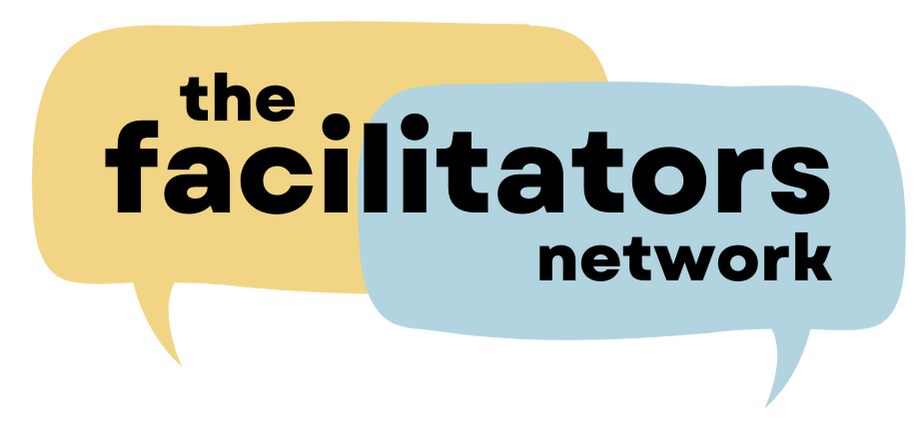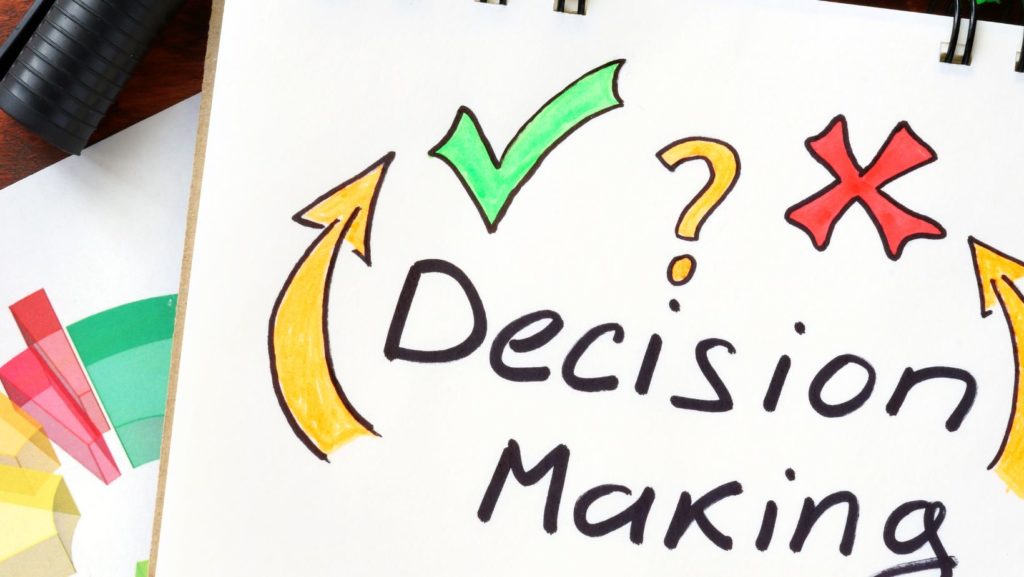Most facilitators find it relatively easy to generate ideas, suggestions or recommendations from a group. However, when it comes to prioritising those ideas or deciding which suggestions should be taken to the next step, it’s easy to panic and assume you’ll never get everyone to agree.
While agreement or consensus can be challenging, it’s definitely not impossible. It simply takes a bit of time, clear communication, and some good processes. Check out our top tips for facilitating decision making in groups.
1. Be Clear on Your Purpose
Before you start deciding which idea or suggestion to run with, you need to be clear about what you are ultimately trying to achieve. While all ideas may have merit, it’s important that the end goal is held firmly in mind. Just because something is a good idea, doesn’t mean it’s a good idea for this situation.
2. Be Clear on Criteria
In order to weigh up each idea, you need to be clear about what a good idea looks like. Do you need to consider time constraints, budget, community buy-in or something else. Which of these criteria carries the greatest weight? Which are non-negotiable and which are just nice-to-haves? Understanding the conditions or criteria you are working within, makes it easier to assess one idea against another.
3. Choose the Right Process
There are lots of decision-making processes you can use, and which one works best will depend on the situation. Dot Democracy or ‘The Sticky Dot’ method is a common decision-making tool for facilitators. However, in reality, it’s only useful for the early stages of decision-making when you’re starting to narrow down options. Other decision-making tools you might use include:
Cluster Consensus – Where you agree on themes rather than individual ideas. Once the initial themes or clusters are agreed upon, then you can work on the details.
Decision-Making Matrix – Where you plot ideas on a matrix using two criteria. Once you have decided on front-runners from the first matrix, you can compare them again using a different set of factors.
More or Less – Where you start by assuming the first post-it note is the most important idea, then one-by-one weigh up each idea as more or less important. This process is particularly useful when deciding on which idea or activity needs to be actioned first.
3 Options – Once the ideas have been narrowed down to the top 3-4, ask individuals to place each idea into a category of either a) No way, b) I can live with it or c) I love it. This tool is best used in small groups only, but it’s a quick and easy way to see which ideas have the most support, and which have the opposite.
Constructive Evaluation – Where the top ideas are run through a robust evaluation process assessing pros, cons and challenges. While not every challenge needs to be solved in the initial evaluation process, it’s a good way for people to get clear on what might be possible. It also provides a good guide for the level enthusiasm surrounding an idea.
4. Manage the Conversation
When people feel passionate about a decision, they often want to keep making their point over and over again. As the facilitator, it’s your job to make sure everyone gets a chance to speak and feel heard, and there are lots of tools available to help you do that. If you feel like a discussion is going around in circles, it can be useful to stop the conversation and reflect on the points where there is already agreement. Once you have summarised and refocussed on where agreement lies, you can re-explore the differences. Some useful questions to ask might be:
What is one decision we can make with the alignment we have found so far?
Often when you move to a form of action, the disagreements work themselves out.
What is your concern about Option A?
Ask participants to frame it is a ‘How might we’ question, rather than a statement of fact e.g. We’ll never get funding vs. How might we get funding? That way the group has an opportunity to address the concern by offering possible solutions.
Assuming we were to go with Option A, how comfortable would you be you on a scale of 1-5?
Sometimes you discover that while there might not be absolute agreement, people are at a comfort level of 4 and can probably live with the decision.
5. Be Clear on Who Makes the Final Decision
Before you take a group through a decision-making process, make sure that everyone is on the same page about how the final decision will be made. Is the process you’re using just a way to gather feedback or preferences from the group, or do the preferences constitute a decision to take action? Does the group require consensus before making a decision, or can a decision be made provided basic touchpoints are aligned? Being clear on how the final decision will be made is essential.
Not every meeting or workshop needs an external facilitator, but when it comes to finding alignment or making decisions, an external facilitator can make all the difference. Having no opinion about which way a decision should go is gold!
Kerri Price
Kerri is a professional facilitator with over 20 years experience in facilitation roles. She is the founder of The Facilitators Network and regularly facilitates workshops on Facilitation and Building a Facilitation Business.
Email: kerri@thefacilitatorsnetwork.co.nz

